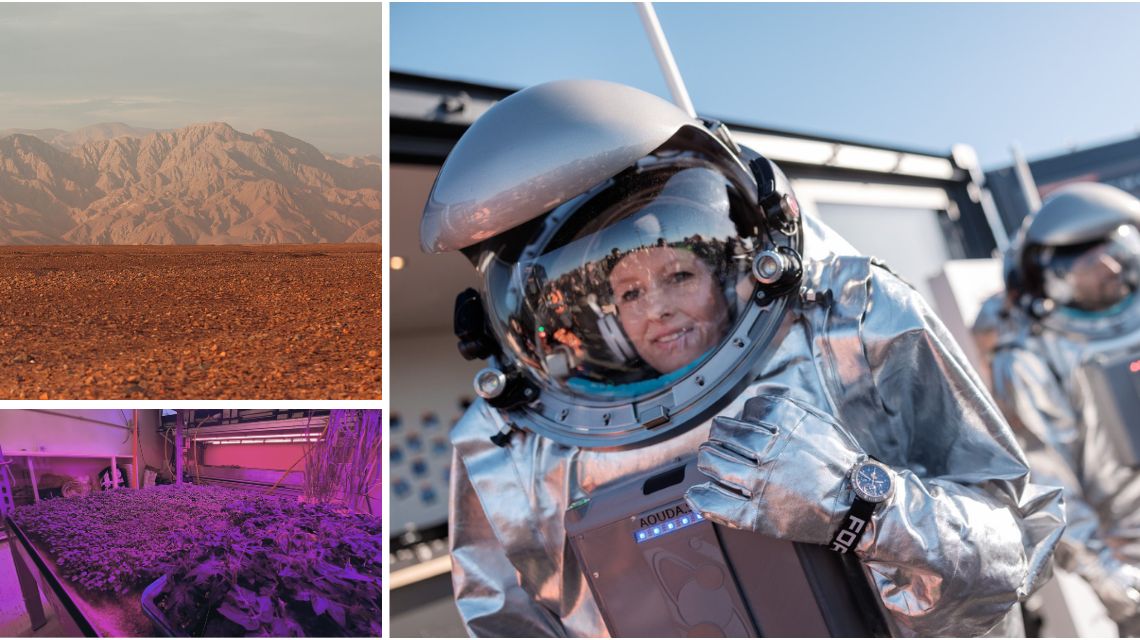Italian National Agency for New Technologies, Energy and Sustainable Economic Development

Space: Italian garden begins its simulated mission on the Red Planet
With the simulation of the landing on Mars and the beginning of the isolation period, the Amadee-24 mission, organized by the Austrian Space Forum in collaboration with the Armenian Space Agency, has started to pave the way for future space exploration missions.
The Hort3Space, a highly technological vegetable garden created by ENEA in collaboration with the Department of Mechanical and Aerospace Engineering of Sapienza University of Rome, will provide the crew members of the mission with fresh food. Until April 5th in the Ararat desert region, a team of 6 highly qualified "astronauts" - including the Italian Simone Paternostro - will be working in isolation both to test tools, equipment, and procedures and to conduct experiments and projects involving over 200 scientists from 26 countries around the world. The Italian "vegetable garden" where astronauts will grow red radish and red cabbage, enriched with natural antioxidants, vitamins, and minerals and also capable of adapting to extreme conditions both on Earth and in space, consists of an innovative multilevel, fully automated, modular hydroponic cultivation system, equipped with specific LED lights and an integrated robotic arm. Realized inside a cultivation chamber in a self-supporting inflatable tent, Hort3Space will allow the maximization of the production of ready-to-eat vegetables, the reduction of the crews' workload but also the consumption of resources, while increasing recovery and the recycling of wastes.
To achieve these goals, the Italian research team has developed an operating manual with the procedures for transferring to analogue astronauts all the information needed on the installation of the platform, the start of activities in full autonomy, and maintenance in the event of arrests and faults. Everything will be coordinated by the Mission Support Center in Vienna, through a 10-minute delay in communications, to simulate the distance from Earth to Mars as happens in real space missions. The experiments launched will serve to verify the feasibility of the entire automated hydroponic cultivation process, to understand the related energy, water resources and fertilizer consumption, and to study its productivity. In addition to the Italian Simone Paternostro, the "analogue" astronauts are Commander Anika Mehlis from Germany, Deputy Commander Robert Wild from Austria, Carmen Köhler from Germany, Iñigo Muñoz Elorza from Spain, and Thomas Wijnen from the Netherlands.
For over ten years, ENEA has been engaged in research activities aimed at the creation of "space gardens" and specializes in particular in the creation of engineered systems for the cultivation of plants suitable to space conditions in the absence of soil. Among tgese crops there are microgreens, and plant varieties optimized for cultivation in space (“space ideotypes”), such as the so-called “San Marziano” tomato and purple lettuce.
ENEA is also studying bioconversion processes of organic mission waste, which once transformed can provide useful nutrients to support the growth of plants in space greenhouses and to produce fertilizer or compost directly in situ while reducing waste production and disposal.
